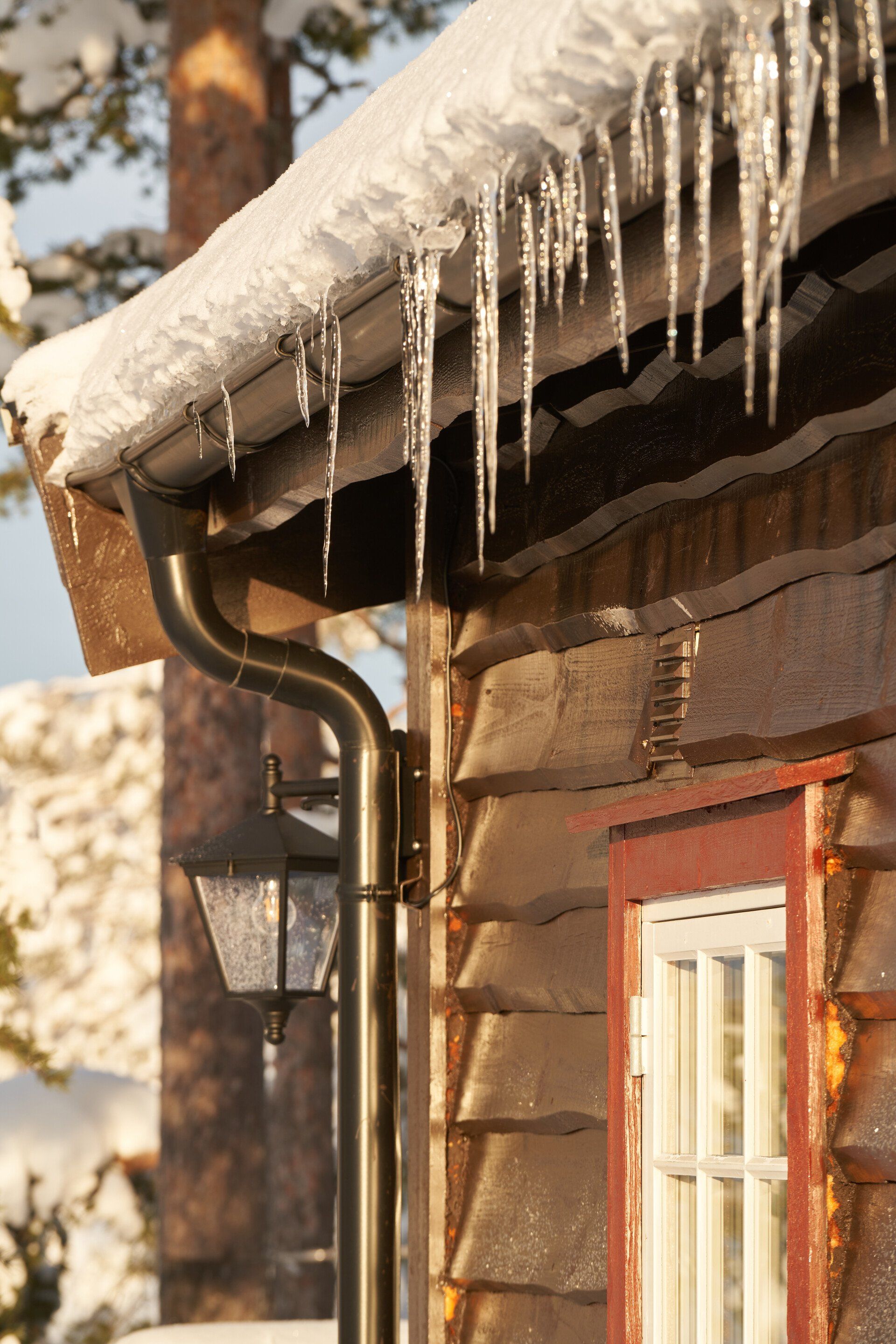How can trees be protected from deer?
How can trees be protected from deer?
Deer are known for their destruction of trees and shrubs. The hungry animals can graze through pine needles, leaves buds, bark, or buds. But deers do not just eat your landscaping; there are territorial bucks that may also destroy trees by slicing them up using antlers. Landscapes that are newly planted and young are at risk of this kind of behavior. So take action immediately to guard your trees from the attack of a deer.
Physical barriers are the most effective security.
You've likely encountered a variety of suggestions about how to shield the trees against deer. They range from mothballs and strongly scented soaps to decaying fish heads and garlic heads. Each repellent works to a certain extent; however, deer may adapt, or the scents may be lost in the event of rain or irrigation.
A guaranteed way to prevent animals from eating the evergreen and pine trees is to create an actual barrier. There are a variety of alternatives based on the dimensions of your property as well as your preferences for aesthetics. Here are some top recommendations:
Set up nylon netting around low-lying plants. Cover the plants with a netting screen made of nylon by securing the corners using zip-ties or twine. Attach to stakes for tents.
Burlap wraps shrubs around them. Deer pose a major danger to young plants during winter. Wrapping plants in burlap bags will not only cover the tempting foliage but also stops the branches from becoming bent out of shape in the midst of a wet heavy snowfall.
Plants should be surrounded by wire cages. The cages must have a minimum height of six feet high. Set them a few feet from the young trees or the shrubs, and then support the cages using stakes. While deer can jump over fences as high as six feet, they're not willing to go into small spaces that are enclosed, like an area of yews or rhododendrons. Do you have a tiny plant that you'd like to safeguard? Set it up with an old tomato cage, wire-hanging basket, or a milk crate secured by stakes for tents.
Wrap trunks in tree wrap. Plastic or paper tree wrap shields young trees and thin-barked ones from Buck rubs. Change the wrap every couple of months to stop the buildup of moisture or insect pests.
Install a fence that is deer-proof around your entire property. Traditional residential fencing can keep deer away in the event that it's at least 8 feet high. Other options include exclusion fencing, snow fencing, slanted or outrigger fencing as well as the binder twine fence. The Indiana Department of Natural Resources provides more details on the construction of various types of fencing.
Other Methods to Protect Trees from Deer
Alongside putting up an actual fence, there are additional strategies that have proved effective against territorial and hungry deer:
- Eliminate plants from your yard that deer admire, such as cedar, yew, maples, rhododendron, and roses.
- Pick plants that deer don't like, for example, those with the appearance of ferns, fuzzy leaves spines, or strong smells.
- Spray shrubs and trees that are in danger with a bitter, sour-smelling deer repellent.
- Take food sources out of your yard, such as feeders for birds and pet food dishes.
- Install motion detector sprinklers in order to scare deer away.
- Make sure trees are protected or replaced on your property.
The aim is to shield trees from deer as often as is feasible. If the damage has already been completed, it could be time to get rid of or replace the tree. No matter what your requirements are, we are here to assist. Our tree care services include pruning and pest management to efficient tree removal. With our assistance, your yard will be beautiful and healthy throughout the year. Contact us today to get your free estimate for your project today.





Procare Landscaping Chilliwack
Procare Landscaping Chilliwack
45922 Higginson Rd #B, Chilliwack, BC V2R 2C7
Services






